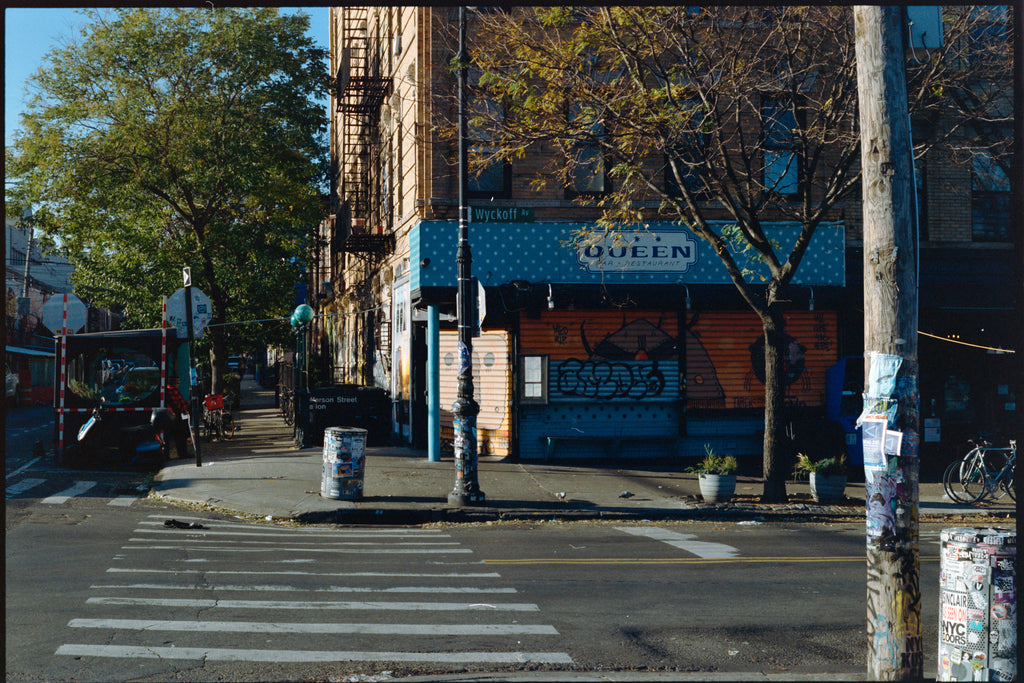Maybe you do not have a higher ISO film stock on hand or maybe you want to try something new and take a more creative approach to your photography. Pushing your film can allow you to do those things and depending on what film stock you do it with, the results can be interesting.
Pushing film is something that is technically done while processing by extending the developer times but requires the correct ISO or exposure compensation to be selected in camera as well. For example, I was shooting with Vision3 50D and wanted to push it three stops. To do so I needed to rate my camera at 400 ISO, making it three stops underexposed.

It is best to push film stocks with a large dynamic range. Kodak's Vision3 lineup, specifically, was made to be pushed and pulled, and is capable of handling such techniques. While it is typical to push only 1 or 2 stops, I decided to push Vision3 50D three stops to see what kind of results it would yield.

Pushing film usually results in more defined grain and increased contrast, but this contrast is often the result of underexposed shadows and decreased tonality. Surprisingly, even after being pushed three stops, 50D still maintained a great tonal range and fair detail in both highlights and shadows. Additionally, there was hardly any noticeable increase in grain, as Vision3 50D is already one of the finest grain films available.

Overall, pushing film can yield great results as long as it is done within the film's limits. It can also be useful in low-light situations. If you have any questions or need ECN-2 film pushed or pulled, feel free to contact us at support@indisposable.app
Mitchell Jackson

